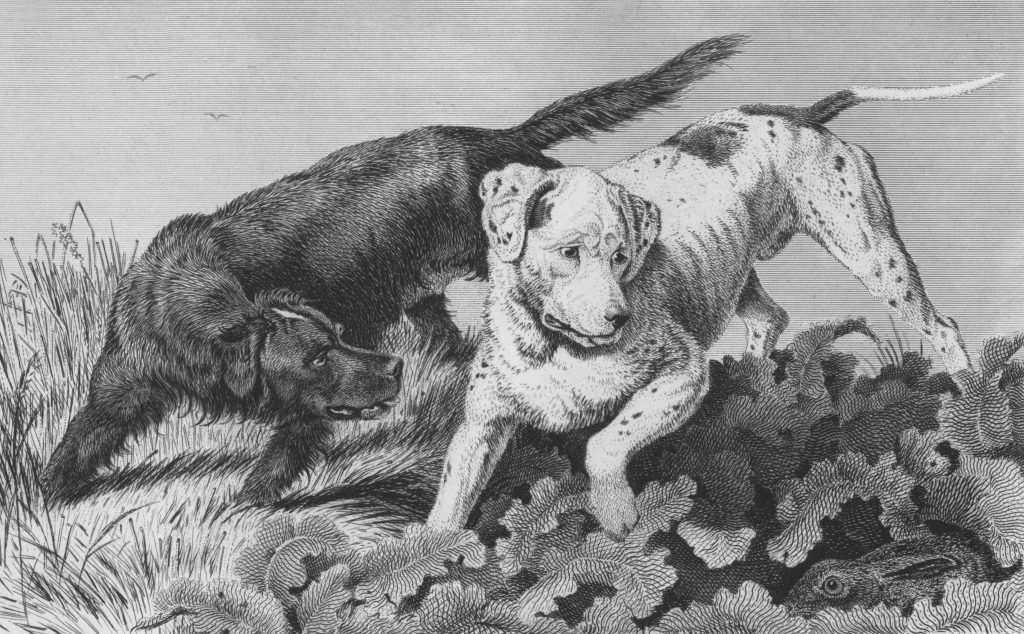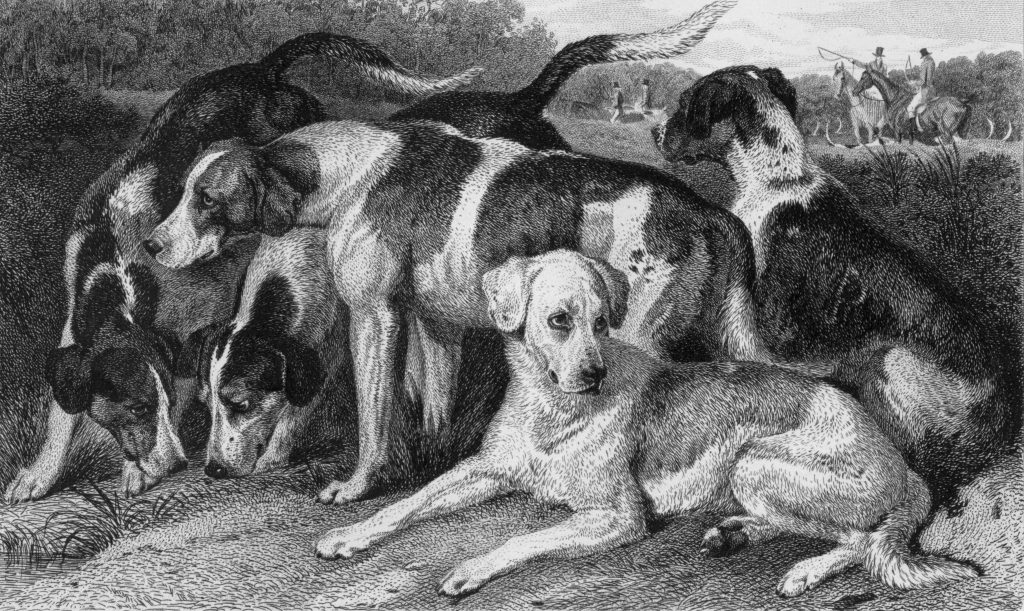More Protein = Better Nutrition
In the world of dog nutrition, protein reigns supreme—and for good reason. Protein plays a critical role in building and maintaining muscles, producing enzymes, and supporting immune function. But does more protein always mean better nutrition for your dog?
Not exactly.
In this blog, we’ll explore the truth behind the “high-protein craze” and help you understand how much protein your dog actually needs—and when too much could be a problem.
The Protein Myth: More Is Always Better
Myth: The higher the protein content in your dog’s food, the healthier it is.
Fact: Dogs absolutely need protein—but their requirements depend on age, breed, activity level, and health status. Too much protein can strain certain organs or lead to imbalances, especially if it comes at the expense of other important nutrients.
In short: quality and balance matter more than quantity.
Why Dogs Need Protein
Protein provides amino acids, the building blocks of:
-
Muscles
-
Skin and coat
-
Hormones
-
Enzymes
-
Immune cells
Dogs cannot store excess amino acids, so they must be regularly supplied through food.
The minimum protein requirements (based on dry matter):
-
Adult dogs: ~18%
-
Puppies and nursing mothers: ~22%
These are minimums—many healthy adult dog foods range from 22–30%, which is appropriate for most dogs.
When More Protein Makes Sense
Some dogs do benefit from higher protein levels:
🐕🦺 Active or Working Dogs
Dogs who are very active, such as service dogs, agility competitors, or sled dogs, may require up to 30–40% protein to support muscle recovery and energy needs.
🐶 Puppies
Growing puppies need more protein to build muscle and tissues. A high-quality puppy food is specially formulated for this.
🐾 Senior Dogs (Sometimes)
Older dogs often need more high-quality protein—not less—to maintain lean muscle mass and prevent age-related wasting.
🩺 Dogs on Weight Loss Plans
Higher protein, lower-carb diets can help preserve muscle while reducing fat.
In all these cases, the protein should come from digestible, animal-based sources, not plant-based fillers.
When Too Much Protein Can Be a Problem
🩺 Dogs with Kidney or Liver Disease
Excessive protein can strain the kidneys or liver in dogs with preexisting organ conditions. Vets often recommend low-protein therapeutic diets in these cases.
⚖️ Low-Activity or Overweight Dogs
Extra protein equals extra calories if it’s not needed. Overfeeding can contribute to weight gain and joint strain.
🥬 Unbalanced Homemade Diets
Homemade or raw diets that are protein-heavy may lack vital nutrients like calcium, fiber, or fatty acids. This can lead to long-term health issues.
Quality vs. Quantity
A food with 35% protein isn’t automatically better than one with 25%. What matters more is:
-
Source of protein (chicken, beef, fish, vs. soy or corn gluten)
-
Digestibility (can your dog absorb and use it?)
-
Balance with other nutrients (fats, carbs, vitamins, minerals)
Animal-based proteins (like chicken, turkey, eggs, and fish) contain all the essential amino acids dogs need. Plant-based proteins often do not.
Label Tricks: What to Watch For
Pet food marketing can be misleading. “High-protein” labels might:
-
Highlight total protein without clarifying source
-
Inflate protein numbers using low-quality plant fillers
-
Ignore whether the food meets AAFCO nutritional standards
Always read the ingredient list and ensure that named animal proteins are listed in the first few ingredients.
How to Choose the Right Protein Level for Your Dog
Ask yourself:
-
Is my dog active or sedentary?
-
Are they a puppy, adult, or senior?
-
Do they have any medical conditions?
-
Is their current coat, muscle tone, and energy level healthy?
Then, select a complete and balanced diet formulated for your dog’s life stage and lifestyle. When in doubt, consult your veterinarian.
Conclusion
Protein is crucial, but like most things in nutrition, more isn’t always better. The best dog diet balances high-quality protein with the right amounts of fat, fiber, vitamins, and minerals—tailored to your dog’s unique needs.
Don’t fall for the “high-protein = best food” myth. Instead, focus on balanced, science-backed nutrition that supports your dog’s long-term health.



